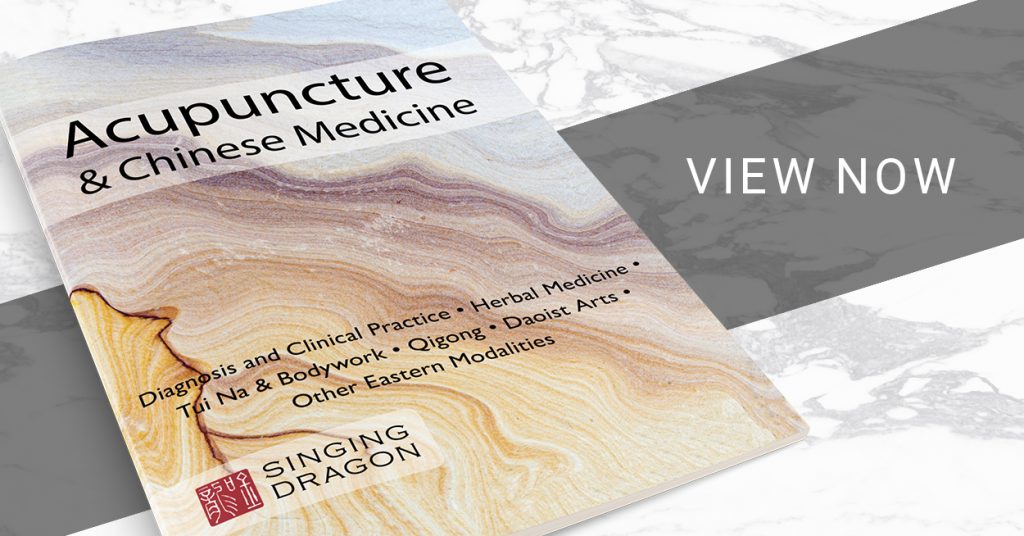
Sabine Schmitz
Sabine Schmitz (M. Med. TCM) is a graduate of the Zhèjiang Chinese Medical University in Hángzhou, China where she majored in Chinese medical dermatology. Her enormous knowledge treasures from China as well as her many years of experience benefit many patients with chronic and complex skin diseases – such as psoriasis and eczema – but also many other patients with various diseases. Sabine has a busy TCM practice specializing in skin diseases, gynecological disorders and infertility treatment. Her first book with Singing Dragon, Treating Psoriasis with Chinese Herbal Medicine (Revised Edition) was published in 2020 as part of a new dermatology series. Her second book with us, Treating Acne and Acne Rosacea with Chinese Herbal Medicine, will be published in November 2021.
Change is the only constant in life – a popular quote by the Greek philosopher, Heraclitus. And it is true, in life ups and downs alternate, joy and sadness, and so on. This is normal. Life is not a constant continuum of ongoing happiness and living on the bright side as the current pandemic shows us. All of us are facing difficult times right now. In my practice, I observe the longer difficult times like this pandemic for instance lasts the more problems the patients have. Patients get tense, stressed or anxious depending what kind of type of person they are. They either develop new symptoms or, and that’s quite often, old processes flare up again and worsen. As I do specialize in TCM Dermatology and Gynaecology I see this to be true for many skin diseases every day. Chronic skin diseases like psoriasis are good examples of this.
We all know that skin diseases in general are often complicated and neither easy nor fast in their treatment. Stress and emotions like frustration, anger as well as anxiety definitely need to be taken into account. In my practice, I frequently observe in patients with psoriasis who have had episodes of severe stress or periods of recurring frustration and anger a worsening of their skin condition. Thus, we need to take the patients’ emotions and circumstances into account. It would be a mistake not to do this – to not consider the obvious which is often the root cause of the disease. Saying this, I really think that right now our wonderful medicine is needed more than ever! Continue reading


 Singing Dragon was proud to publish Restoring Prana: A Therapeutic Guide to Pranayama and Healing Through the Breath for Yoga Therapists, Yoga Teachers, and Healthcare Practitioners by Robin Rothenberg in December 2019, to critical acclaim. We are therefore delighted to announce that
Singing Dragon was proud to publish Restoring Prana: A Therapeutic Guide to Pranayama and Healing Through the Breath for Yoga Therapists, Yoga Teachers, and Healthcare Practitioners by Robin Rothenberg in December 2019, to critical acclaim. We are therefore delighted to announce that  Sarah Scharf, MFA is a yoga teacher, author of the upcoming book,
Sarah Scharf, MFA is a yoga teacher, author of the upcoming book,  John Hamwee is an experienced practitioner and teacher of acupuncture and zero balancing, with over twenty-five years’ experience in practice.
John Hamwee is an experienced practitioner and teacher of acupuncture and zero balancing, with over twenty-five years’ experience in practice. 
 Pam Conrad, author of
Pam Conrad, author of 